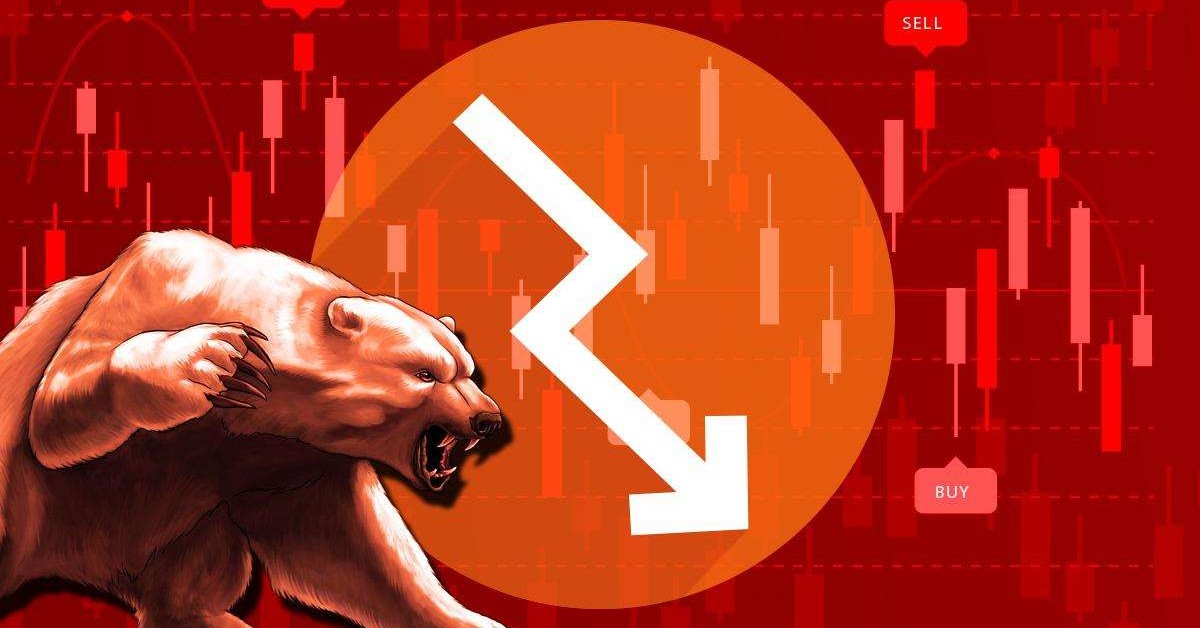Next year will look like a global recession
Stock markets across the globe fall to two-year lows on Wednesday, as borrowing costs rapidly increased due to fears of a global recession. USVIX touched above 32.30 earlier today, and these increasing risks sent the US ten years bond yields above 4% for the first time since 2010. Also, with speculation that the Fed might have to take rates past 4.5% in its crusade against inflation, the situation became even more inflammatory.
So, while overall market risks increase with inflation, geopolitical tensions, and excessively strict policies by major central banks, now we can see a more chance of an even slightly longer recession next year.
The fear of recession in Europe -Not just in the Eurozone- looks more real than in other economies. Economic data published this week, mostly from Germany can confirm these doubts about the future of the European economic condition. German Business Expectations, Current Assessment, and Ifo Business Climate Index for September, all can confirm that expectations of improvement in the short term are far from reality.
With yields increasing across Europe, mostly in Germany, Italy, Spain, and the UK, we can see more pressure on European governments, especially those with heavier debt burdens such as Greece or Italy. This pressure can increase the investment risk levels and borrowing costs again. And increasing borrowing costs will decrease economic activities, putting more pressure on the labor market and consumer sentiment.
Jennifer McKeown, head of global economics at Capital Economics, said, "It is now clear that central banks in advanced economies will make the current tightening cycle the most aggressive in three decades. While this may be necessary to tame inflation, it will come at a significant economic cost. In short, we think the next year will look like a global recession, feel like a global recession, and maybe even quack like one, so that's what we're now calling it."
As you can see in the below USVIX chart, market risk increasing, and as long as we have the same trend there, bearish sentiment in the stock markets also remains the same.


















